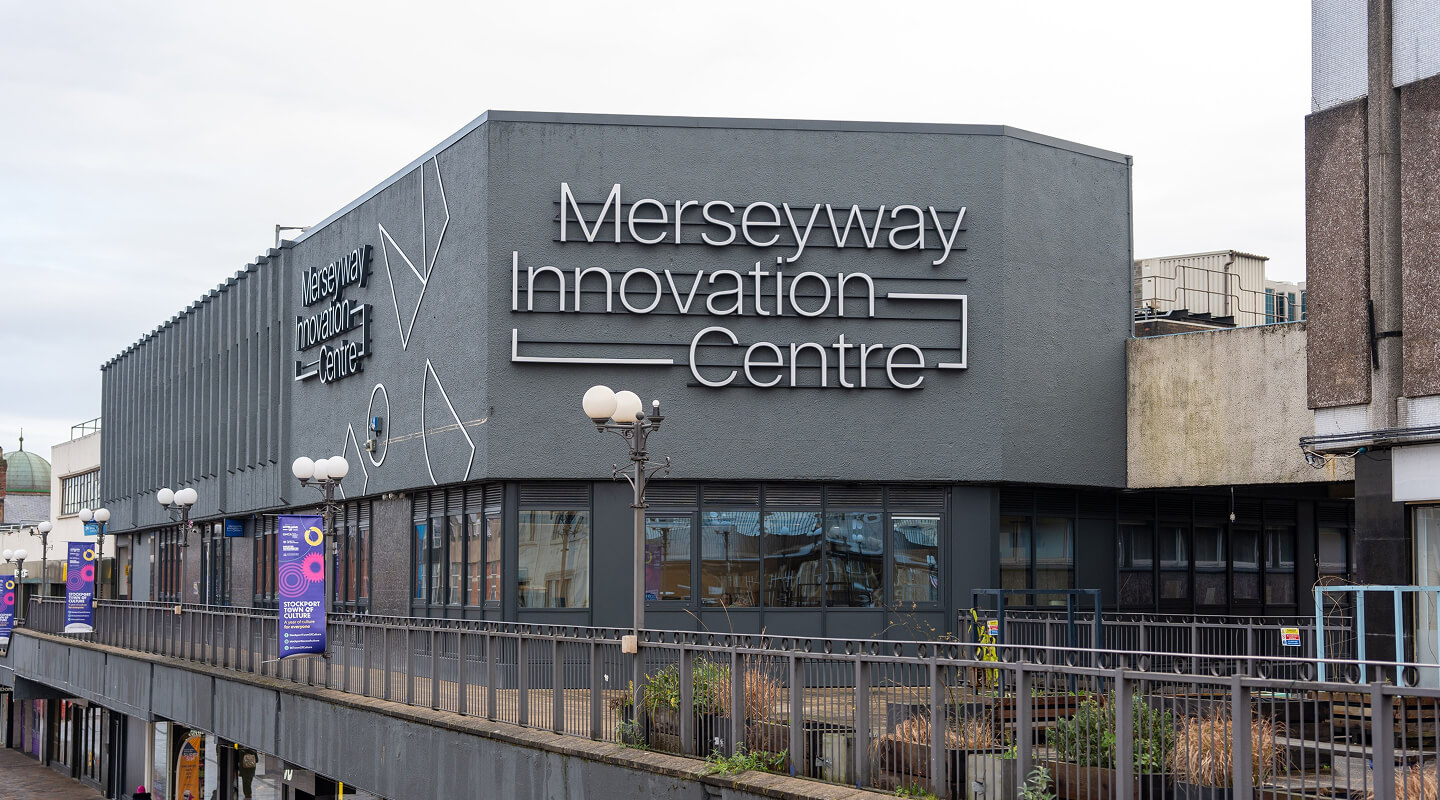As our Harwell Innovation Centre in Oxfordshire marks its 25th anniversary, our Managing Director, Jo Stevens, reflects on how the industry and innovation ecosystem has changed over the last quarter of a century.
Since joining Oxford Innovation Space in 2000, I’ve had the privilege of witnessing—and contributing to—some fundamental shifts in the attitudes to incubation space and the UK’s innovation ecosystem. Most significantly, there is now growing recognition of the role that innovation centres can play in regeneration and economic development, along with a deeper understanding that different sectors require different approaches and support.
A tailored approach
In the early 2000s, there was a more one-size-fits all view that incubation was a three year process regardless of sector. Today, it is evident that different sectors require different timelines and space. In digital industries, products can come to market quicker than ever before. In contrast, life sciences, MedTech and pharmaceuticals face long, complex regulatory pathways. This means it can take longer for companies in these industries to get products to market and reach profitability. This recognition of a tailored approach has led to a rise in sector focused innovation centres and incubation spaces in recent years.
Demand for lab space
Over the last decade, there has been an explosion of flexible workspace and demand for lab space. The post-COVID period saw a sharp surge in demand for labs, buoyed by readily available funding for start-ups and a renewed focus on health and science. At Oxford Innovation Space, we were ahead of the curve on this trend as we were already offering lab space (private and shared) at some of our centres like Heyford Park.
However, the last 18 months have brought a natural slowdown. As the profile of demand shifts once again, what remains constant is the need for flexibility—spaces that can adapt to changing market conditions, sector requirements, and business lifecycles.
More than just buildings
Innovation centres have evolved to be more than just buildings — they’re ecosystems. They bring businesses together in a way that forges powerful partnerships, generates collaborations and shares knowledge. Companies in our centres benefit from being in contact with other companies, key contacts, in-house business support experts and, in some cases, leading research facilities. We create environments where innovation thrives through interaction.
A broader geography
The geography has also changed considerably. Back in 2000, the UK’s innovation landscape was heavily centred around Oxford and Cambridge as there was a great focus on research from these universities. Today, the map looks very different. There are now more centres across the country, offering increased choice for businesses. You can see this through our own network of 31 innovation centres across the UK and Ireland.
Science parks were once isolated closed places, located on the outskirts of towns. Now they are more open, integrated into their communities and accessible to local people. A prime example is the now world-renowned Harwell Campus. When the Harwell Innovation Centre first opened there in May 2000, the campus was a partly-decommissioned nuclear site. Now, it is a thriving community of pioneering science and technology companies, developing potentially world-changing technologies.
.jpg)
Investing in the future
Over the past 25 years, investment in innovation has risen and you can see that at Harwell Campus, which has received government and international funding. There is now more focus on regenerating space, encouraging entrepreneurship and changing people’s aspirations. Take Mansfield for example. Once reliant on the coal mining industry, the region is now nurturing a new generation of entrepreneurs.
A proven tool for economic development
Innovation centres are now more widely recognised as powerful tools for economic development. Centres can be used to both attract and retain high-growth companies, in turn creating high value jobs and stimulating the local economy – with those businesses and their employees spending locally.
The impact can be seen across the UK. For instance, at Culham Innovation Centre we have supported over 150 early stage businesses since 2001. Moreover, it is estimated that those businesses now employ a combined total of over 600 employees. In Bristol, businesses at the Future Space centre - located within the University of the West of England’s University Enterprise Zone - have together generated over 500 jobs and £27.5 million GVA for the local economy since the centre opened in 2016.
Revitalising retail space
Innovation centres are also playing a vital role in helping reinvigorate town centres amidst declining high street retailing. Our Merseyway Innovation Centre, for example, has transformed a former retail unit in a 1960s shopping centre in Stockport into a vibrant space for local entrepreneurs. As part of Stockport Council’s wider regeneration programme, the centre has contributed to the increased footfall at Merseyway Shopping Centre which achieved a record-breaking 2024 with seven million visitors.
Place-based success
Ultimately, the success of an innovation centre starts with it being deeply rooted in its location. Every place is unique, so each centre should reflect and build on local strengths rather than replicate models from elsewhere.
Clusters are difficult to manufacture from scratch—they are more likely to grow from existing skills, assets, and drivers of innovation, such as universities or major employers. That’s why our centres—and their branding—are shaped by the identity and ambitions of their local area. This place-based approach gives each centre a stronger foundation for long-term success.
Jo Stevens, Managing Director, Oxford Innovation Space


.jpg)

